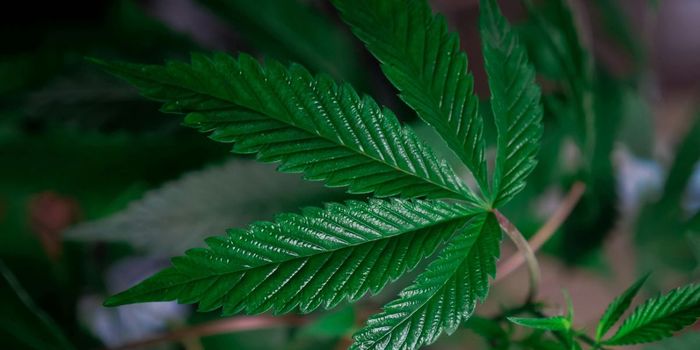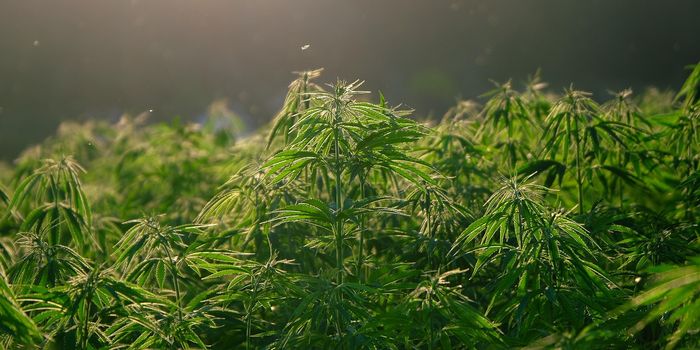Kopi Luwak, otherwise known as the world’s most expensive coffee, is made from cat poop. Well, almost. It’s actually made from the digested coffee beans of civets, small cat-like creatures that inhabit the tropical forests of Southeast Asia, India, Nepal and Sri-Lanka.
Most-expensive.coffee explains how exactly this delicacy came about. “In the 19th century – when Indonesia was a Dutch colony– it was illegal to sell coffee beans to the local Indonesian population because all the coffee beans were exported to Europe. Therefore, the locals collected the feces of wild palm civet cats because the coffee seeds inside of the droppings were left undigested. Soon, the special flavor of this civet coffee, better known as kopi luwak coffee, became known to the Dutch farmers, who started drinking it themselves.” That coffee currently goes for a price of $30-100 in the US.

However, this development was a double-edged sword for the civet cat population. Previously, farmers saw the cats as a pest because they destroyed farmland, and hence the animals were often shot. The economic benefit derived from the civets’ poop later on ended this culling process. However, it exposed the civets to perhaps even more disturbing anthropogenic influences: the market for caged civets and coffee farming.
As the demand for kopi luwak coffee has increased, along with eco-tourism and animal-viewing, so has the number of plantations that keep caged civets. Civets are shy, nocturnal animals who thrive on a diet of fruits (including coffee berries), insects, and reptiles. They are a tree-dwelling species accustomed to an active lifestyle. A single civet needs and average of 17 square kilometers of land. The concern with these civet coffee farms is that the animals are kept in small, unsanitary cages, given very little food other than coffee cherries, and provided with no opportunities to interact with other civets or move around.

A investigative team from Oxford University’s Wildlife Conservation Research Unit and the London-based nonprofit World Animal Protection analyzed the living conditions of 50 caged civets at 16 plantations on Bali. The results, published in the journal Animal Welfare, showed that every plantation the researchers visited failed basic animal welfare requirements. “Some of these cages were literally the tiniest—we would call them rabbit hutches. They’re absolutely soaked through with urine and droppings all over the place,” said Neil D’Cruze, one of the researchers. These conditions often cause the animals mental distress as well as physical, and it is not uncommon for the caged civets to bite their own limbs and pace their cages.
“I would say the main take home message is — as a tourist — not to visit any civet coffee plantation where you can see civets in cages,” D’Cruze said. “This is a sure fire sign that there a animal welfare and conservation concerns involved. Rather, if you must taste civet coffee, visit a coffee plantation where the civet coffee is made using scat collected from the wild. This at least as the potential of contributing to local tourism in non harmful way.”
Sources:
National Geographic,
Mongabay News,
Most-Expensive.coffee,
World Time










